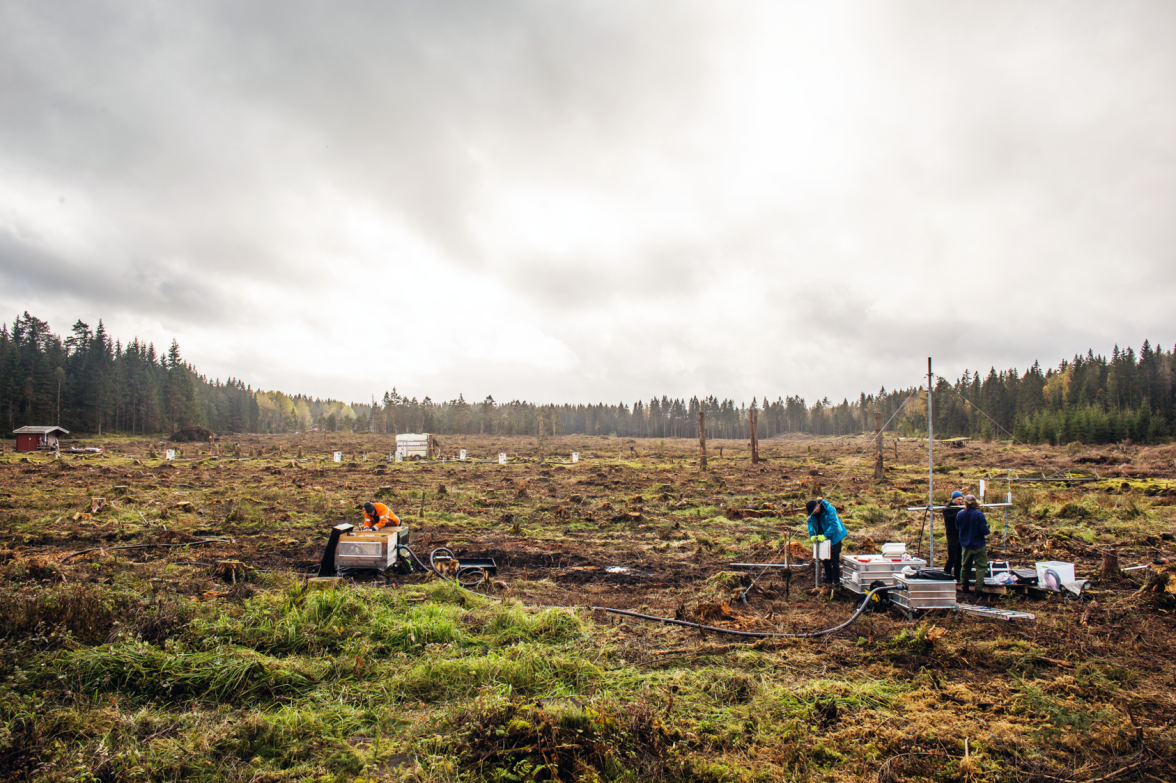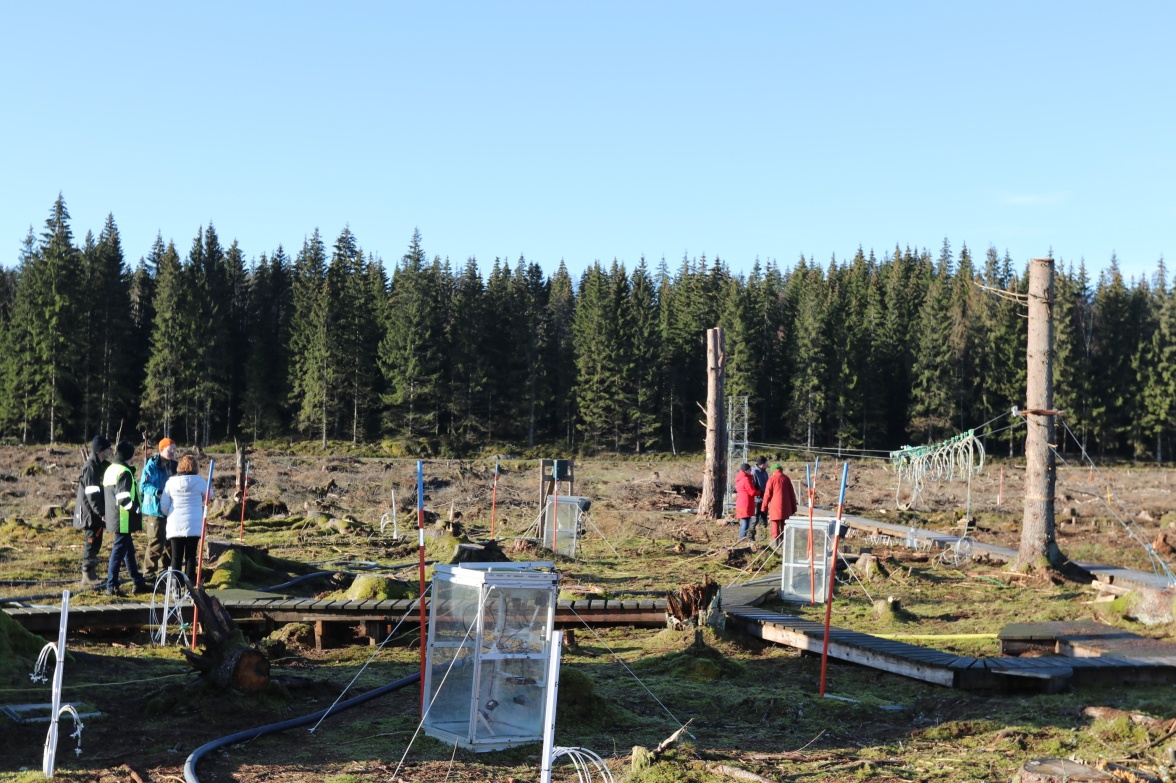In order to raise awareness of the value of wetlands for humanity and the planet, the Wetland Convention was adopted on February 2nd, 1971. On February 2nd the year after it became "World Wetlands Day".
Wetland research is a central part of Skogaryd´s research station work; with special focus on their function and how they are affected by land use and a changing climate. "World Wetlands Day" was celebrated on Sunday, February 2nd, with an open house at Skogaryd Research Catchment (SRC) where research activities at wetlands were shown to the public. It was a beautiful day where the approximately 100 visitors walked between different installations. The day was much appreciated and the visitors requested a continuation for years to come.
In addition, the Faculty of Science at University of Gothenburg organized the first workshop in a series called "What Do We Do?" on the "Global Goals for Sustainable Development" on the 3rd of February that dealt with ditched wetlands ("How can we convert ditched peatlands from emission source to sink?”).
The background to the workshop is the large Greenhous Gas (GHG) emissions from drained peatlands in Sweden, which in the national reporting is estimated to emit 10 million tons of carbon dioxide equivalents of greenhouse gases. This equals to approximately as much as the national passenger car traffic. How can we use and manage the peat so that the GHG emissions are reduced and the ecosystem can potentially be transferred to a carbon sink again? What trials are there in Sweden and what do they look like? Are there alternative approaches?
To reduce GHG emissions it is necessary to clearly show how the land must be managed to reach minimum emissions or even a GHG uptake. Perhaps ditched spruce forest must be shifted towards a wetland with meadow vegetation. A new Formas project funded at the Department of Earth Science at University of Gothenburg will focus on “how land-use management can convert high-emitting drained organic soils into areas with negative emissions”.

Installation of micrometeorological flux towers to measure greenhouse gas emissions (GHG) after clearcutting a forest on drained organic soils at the Skogaryd Research Catchment. Photographer: Johan Martinelli

Photographer: Urla Ewender
Representatives from several universities, authorities, companies and organizations participated. Overall, the workshop had 45 participants and many were thankful for a rewarding event